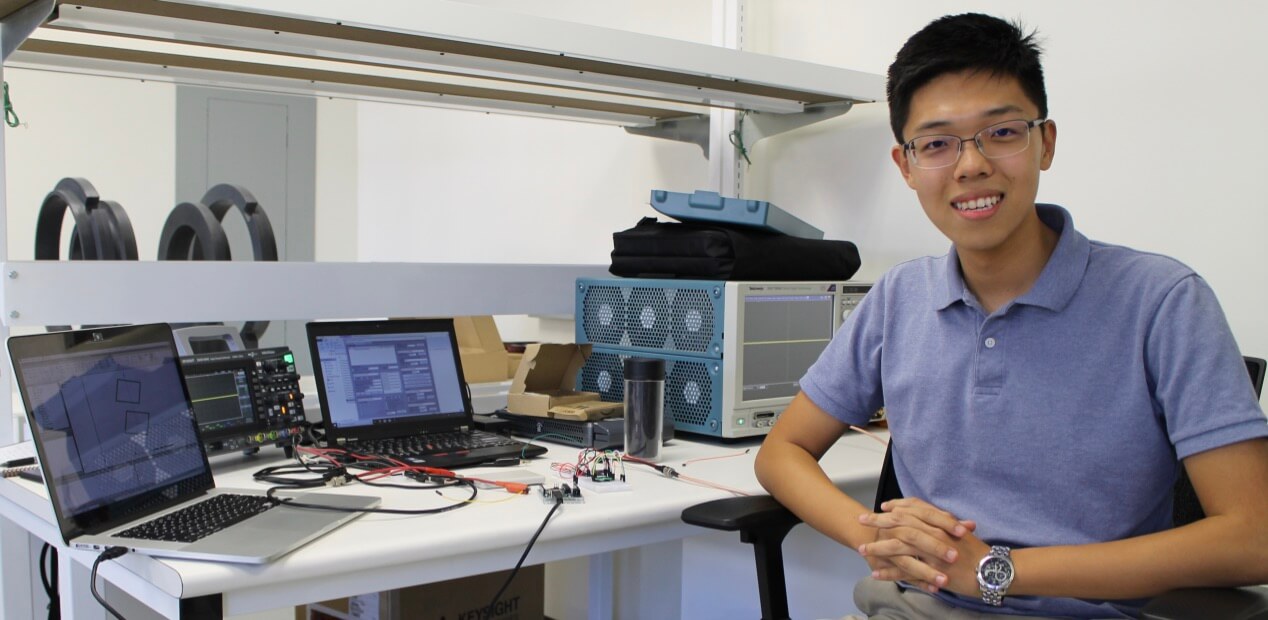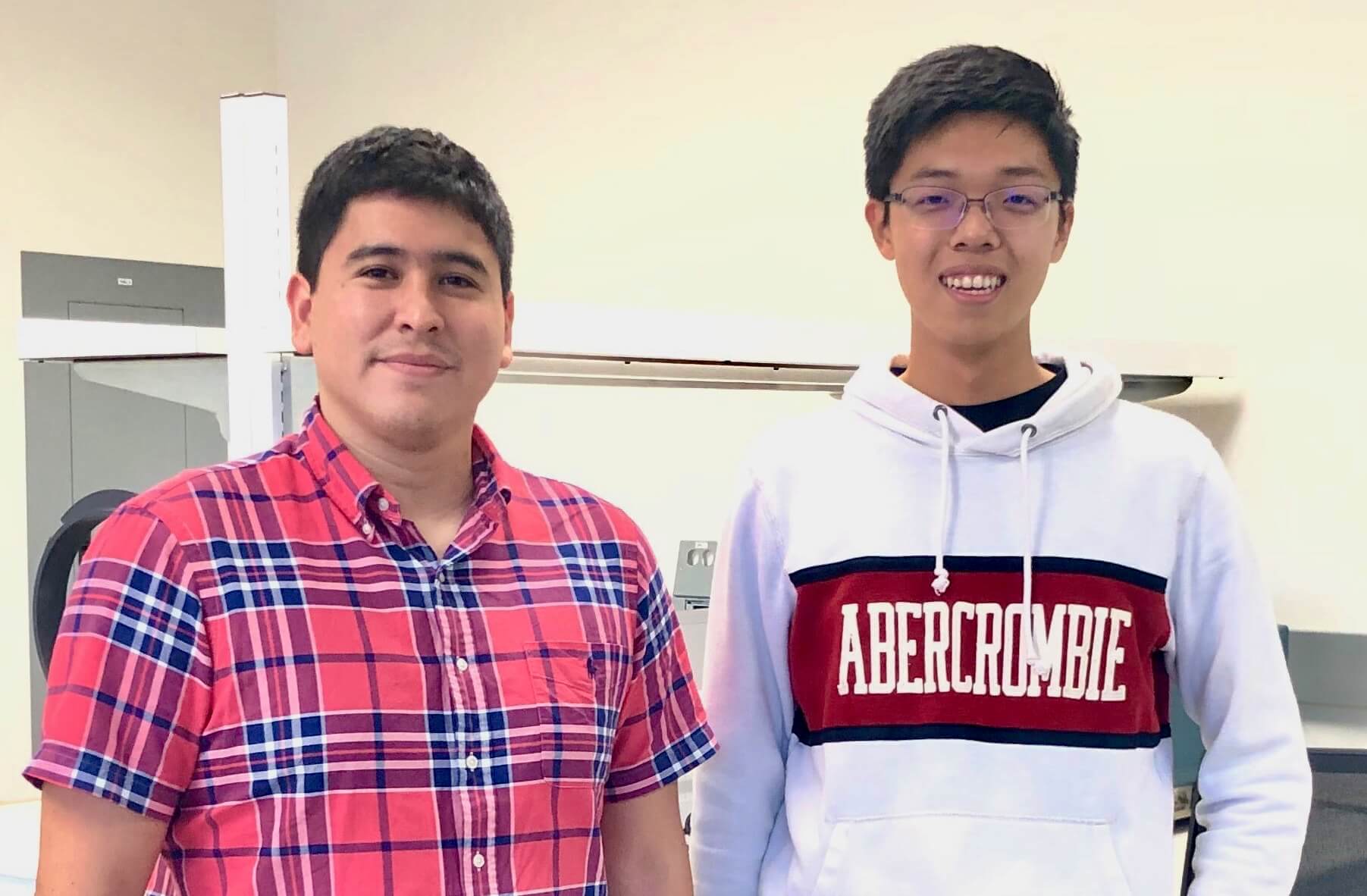
By Matthew Lee and Bonnie Wong
Sophomore Electrical and Computer Engineering (ECE) student Yubin Lin's education involves a lot more than simply going to class. He also conducts research in a lab on campus and is part of a team developing technology to give us an inside-out perspective on the human body.
Manuel Monge, Assistant Professor of Electrical and Computer Engineering, leads the team in its research, known as "in-body localization using MRI technology" in his Integrated Medical Electronics Lab (IMedE).
According to Lin, current technologies have their shortcomings when looking at the human body from the outside-in perspective.

An X-ray might be able to create an accurate image, but its radiations are harmful. Though occasional readings do not affect overall health, hospital staff are constantly exposed to X-rays and have a higher risk of medical issues due to constant radiation exposure. On the other hand, an ultrasound might be less harmful, but then hospital staff is limited to only soft tissue with barely legible renderings.
“This research provides a new way for in-body localization, which is locating something inside your body, that eliminates the use of harmful x-rays current technology uses, which ensures radiation safety for patients and doctors alike,” Lin said.
"Research has no guidelines, instructions or tutorials because no one has done it before. For me, the excitement comes from working in uncharted waters through trial and error."
Lin is working on developing Radio Frequency Identification (R.F.Id). When using in-body localization and MRI technology, a chip (usually in the form of a pill) must enter the body to gain this inside-out perspective by measuring the magnetic field created by MRI machine around the chip. Lin plans on both decreasing the size of the chip to be suitable for a pill and increasing the range that the information on the chip can be read at. This “pill” will be linked wirelessly to scanners which will provide a more safe and accurate read compared to x-rays and ultrasounds.
“The whole research focus is to find a way to localize where the chip is in your body accurately and without any radiation dosage,” Lin said.
The technology, Lin says, is similar to the public transit cards we use to ride the Los Angeles Metro. The card itself does not require electricity, therefore eliminating the need for a battery, but when it touches a reader , the reader provides electricity to the card and was able to receive the information on the metro card.
Other benefits of this technology include more accurate colonoscopies, real-time readings of the human body, and minimally invasive surgeries through the veins and arteries.
Lin says that he likes ECE because of its hands-on nature and how he can develop his research tangibly.
“Research has no guidelines, instructions or tutorials because no one has done it before. For me, the excitement comes from working in uncharted waters through trial and error.”


